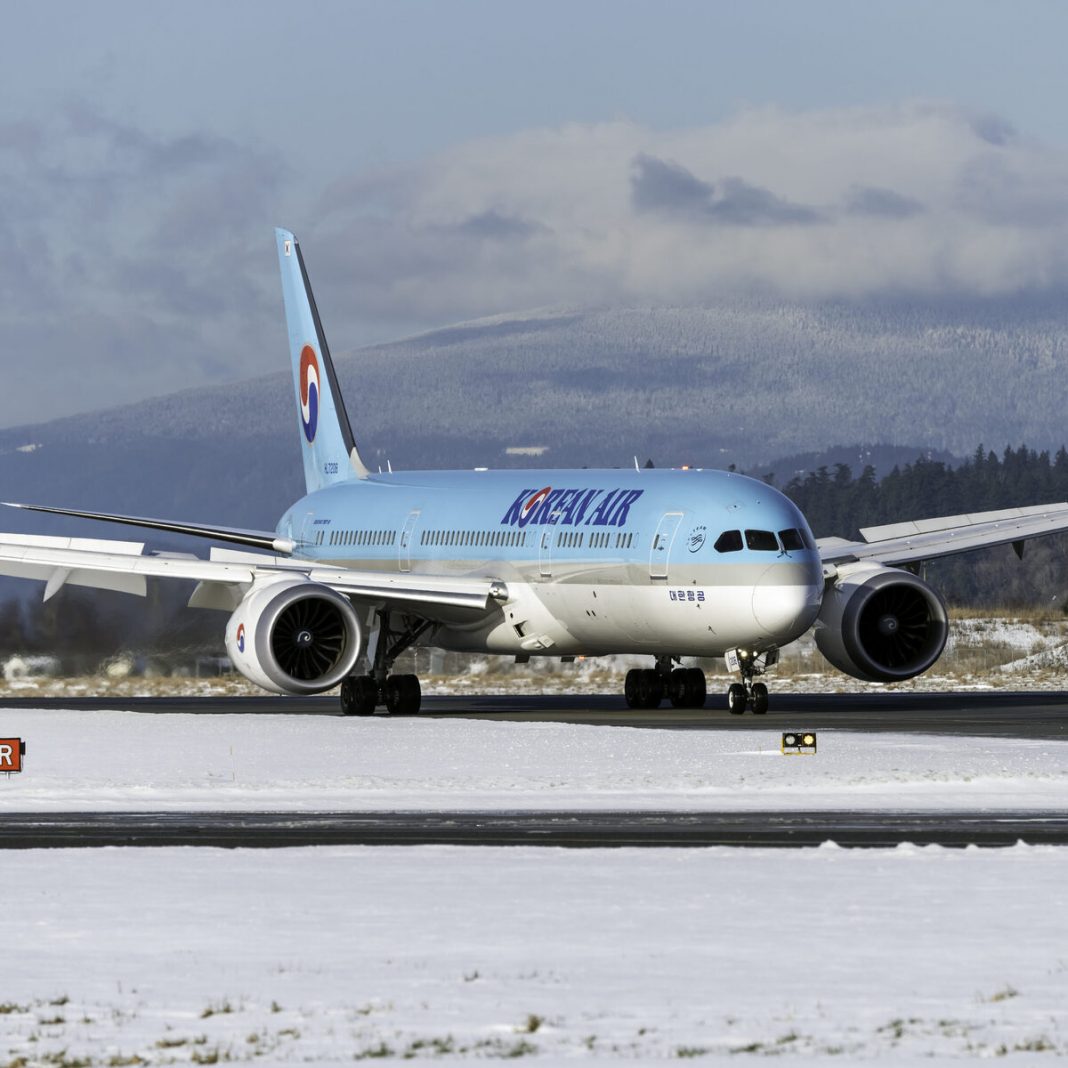With 170 aircraft, Korean Air’s fleet is large and incredibly diverse. While some airlines like Emirates and Ryanair stick to just one or two types of aircraft, Korean Air currently operates seven types of jet aircraft. Let’s take a look at the East Asian airline and its diverse range of aircraft.

The quadjets of Korean Air
According to Planespotters.net, Korean Air has a fleet of 117 widebody aircraft. This is almost 70% of its total fleet, demonstrating just how prominent the airline is as an international long-haul carrier. The widebody breakdown is as follows:
The largest aircraft in the Korean Air fleet is the Airbus A380. Of these, the airline has 10, which are an average age of 8.6 years old. These aircraft were swiftly grounded when the global health crisis erupted in the Spring. However, a single A380 has returned to service – flying passengers between Seoul Incheon and Guangzhou (China). It was even spotted flying to Atlanta last week and has since made a second trip to the American city!

The next largest aircraft is the Boeing 787-8. Korean Air is one of the few airlines operating the type for passenger operations, joining Lufthansa and Air China in doing so. With an average age of five and a half years, the airline has 17 of the discontinued ‘Queen of the Skies.’
Korean Air also has two 22 and 23-year-old 747-400 jumbo jets for passenger operations. These sit alongside four 747-400F freighters that fly for Korean Air Cargo.

The other widebodies
The other three widebody types in the Korean Air fleet are much more common around the world, and so we won’t go into too much detail with them:
29 Airbus A330s: 21 of these are the longer -300 while the other eight are the short -200. The average age of the A330 fleet is almost 16 years.
43 Boeing 777s: 13 of these are the -200 while the other 30 are -300s. Korean Air cargo also operates 12 777F freighters. The -200s are an average 17+ years of age while the -300s are much younger at just over eight and a half years.
10 Boeing 787-9s: Korean Air’s newest twinjets, these 10 aircraft have an average age of just 2.7 years old. All of these aircraft are currently listed as active and in service.
The narrowbodies of Korean Air
Korean Air has an extensive regional presence in addition to its extensive international operations. For this, the airline has just two types of narrowbody aircraft:
28 Boeing 737s: Of these, just one is listed as a -700 with five -800s and 22 -900s. The average age of all 737s is 15 years.
10 Airbus A220s: Korean Air was actually an early customer of this type. So early that it was a customer of the Bombardier CSeries. The 10 jets operated by the carrier have an average age of just two and a half years.

Most interestingly, Planespotters.net lists five Eurocopter EC135 helicopters as being part of Korean Air. After a little digging, we can see that the fleet of helicopters is used as air ambulances. All five of these helicopters are listed as stored.
Which Korean Air aircraft have you flown? Do you have a favorite? Let us know in the comments!
[ad_2]
Source link


